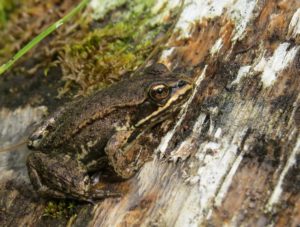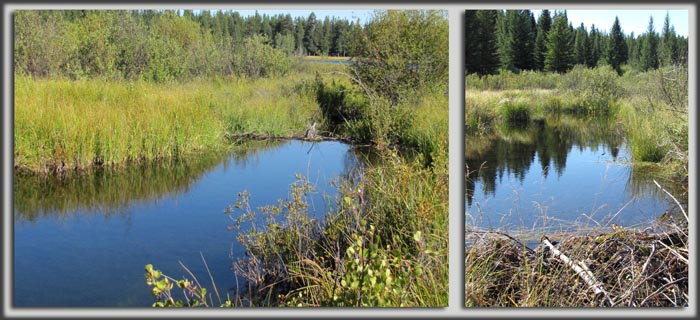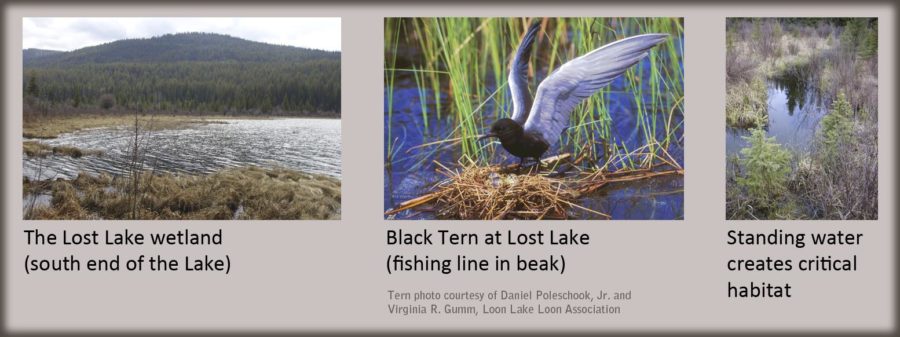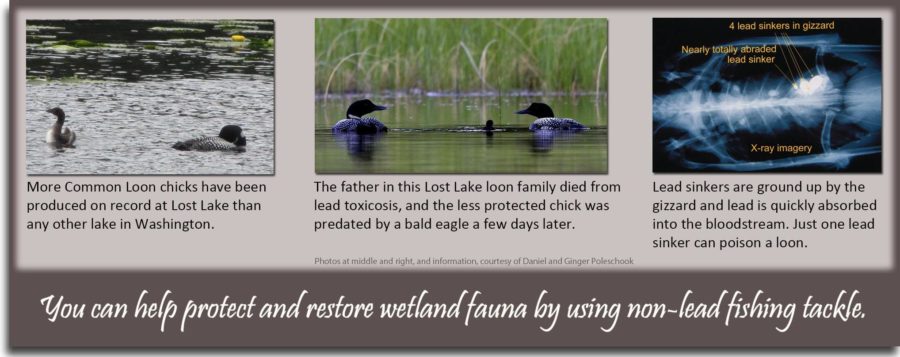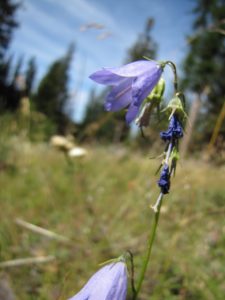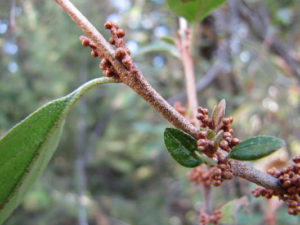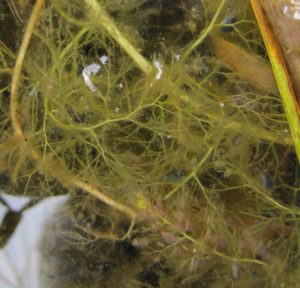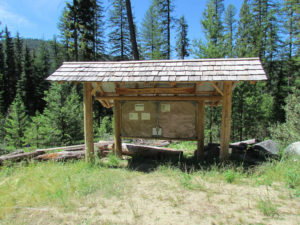Community involvement is also needed to protect nesting waterbird populations. Of particular interest is the Common Loon (Gavia immer), a rare breeder in Washington and a sensitive species ranked as imperiled in the state. More Common Loon chicks have been produced on record at Lost Lake than any other lake in Washington. While Lost Lake has historically been a successful nesting place for Common Loons, the loon population is in jeopardy.
Beginning in the 1980’s, lifelong area resident Roy Visser began observing nesting loons and recording their behavior. For fifteen years, Ginger Gumm and Daniel Poleschook, Jr. of the Loon Lake Loon Association (LLLA), with the help of Patti Baumgardner from the USFS, have conducted a study of Eastern WA loons, which has confirmed lead toxicosis as a cause of loon death at Lost Lake and as the cause of 39% of all loon deaths in WA State.
View and compare data for WA Common Loons, compiled by Daniel and Ginger Poleschook (Excel spreadsheets):
According to the LLLA, loons most commonly take in lead by ingesting fish on an active or broken fishing line. Additionally, when loons scoop up pebbles from the bottom of the lake to help grind their food, they can swallow lead fishing sinkers. Terns, geese, dabbling ducks, swans, mergansers as well as small mammals can also be poisoned, and the lead moves through the food chain, affecting eagles and other predators. A bird with lead poisoning cannot keep balance, breathe or fly properly, adequately eat or care for young, and often dies within two to three weeks. Just one lead sinker is enough to kill a loon.
In December, 2010, the Washington Fish and Wildlife Commission approved restrictions on the use of lead fishing tackle at 13 lakes with nesting common loons, including Lost Lake. Please help spread the word that lead-free tackle must now be used at Lost Lake, and help others understand how important this is to wildlife. Lead is also toxic to humans; a piece of lead as small as a grain of sand is enough to poison a child (Centers for Disease Control, 1991).
